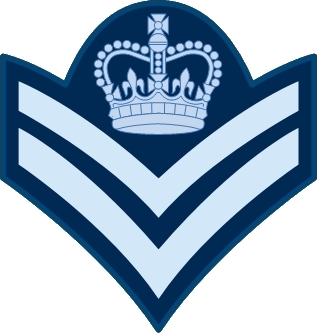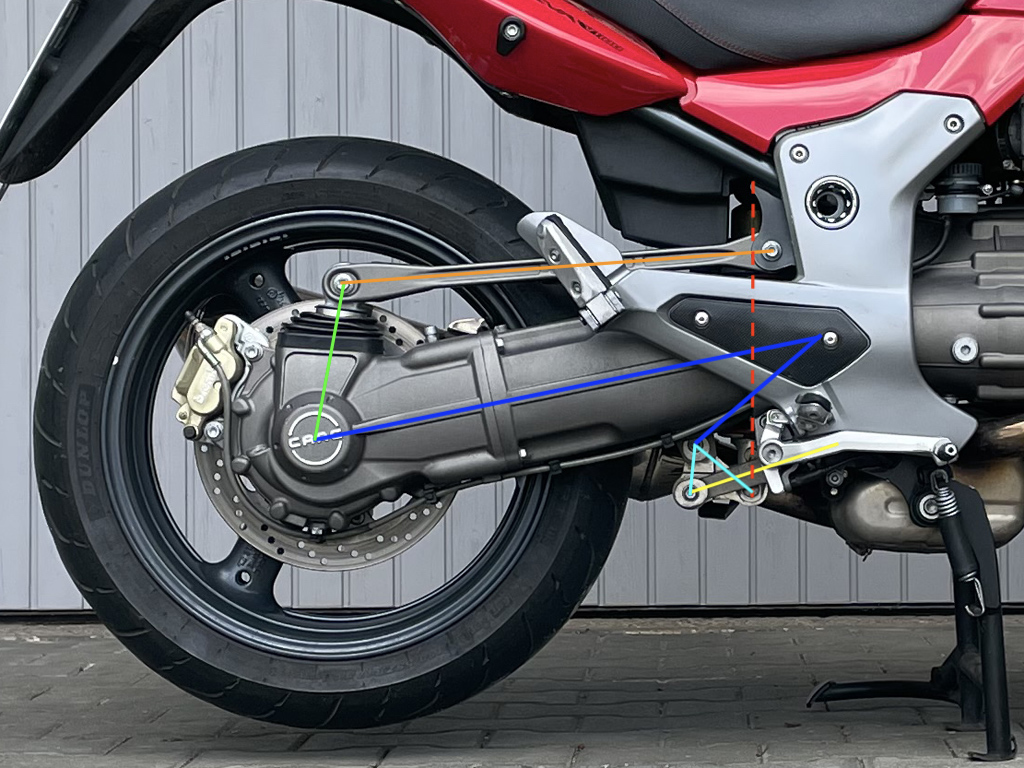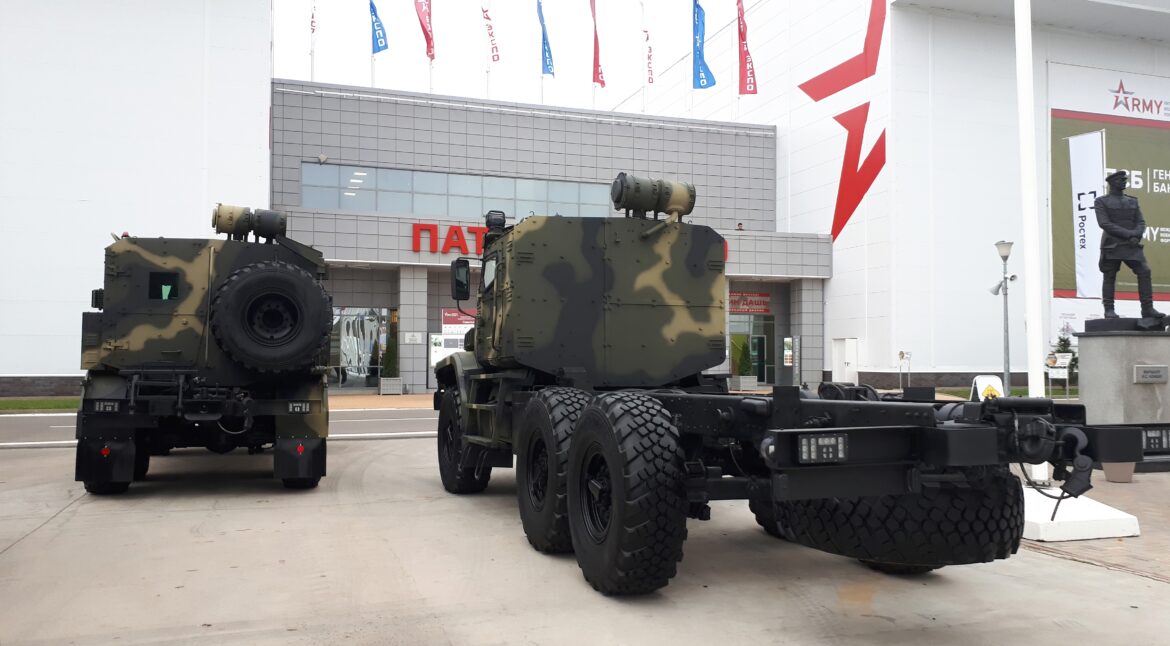In the vast realm of military vehicles, where power and agility intertwine, one abbreviation stands tall as the ultimate guardian of structural fortitude – CARC. While unfamiliar to most, this unyielding shield of protection is not only demanded, but required for military vehicles across the globe. Concealed within this seemingly innocuous acronym lies an unparalleled combination of groundbreaking technology and unwavering resolve. Join us as we uncover the indomitable force that is CARC, shedding light on the vital role it plays in safeguarding our armed forces. Prepare to traverse the terrain of military marvels, where CARC proves to be more than just a necessity; it serves as a testament to the resolute dedication that fuels the defense industry.
Table of Contents
- Understanding the Importance of CARC in Military Vehicles
- Advantages of Using CARC Coating for Military Vehicles
- Key Considerations for Implementing CARC on Military Vehicles
- Recommendations for Maximizing the Effectiveness of CARC Coating on Military Vehicles
- Q&A
- Wrapping Up

Understanding the Importance of CARC in Military Vehicles
In the realm of military vehicles, the concept of CARC (Chemical Agent Resistant Coating) holds tremendous importance. This specialized coating is far more than just a mundane layer of paint. It plays a critical role in safeguarding both the vehicles and the personnel operating within them, providing a level of protection against the invisible perils of chemical warfare. CARC acts as an impermeable shield, impeding the penetration of harmful chemical agents and reducing the risks associated with exposure.
One of the key advantages of CARC technology is its ability to enhance vehicle camouflage. The coating is formulated to minimize the reflection of infrared and ultraviolet rays, rendering military vehicles less detectable on the battlefield. This crucial characteristic enables a higher level of stealth, enabling our troops to effectively carry out critical operations without compromising their safety. Moreover, CARC coatings have excellent durability, providing resistance to weathering, corrosion, and various environmental factors. This ensures that the vehicles remain functional in even the harshest of conditions, allowing our armed forces to maintain their tactical advantage and complete their missions successfully.
In summary, CARC is an integral component of military vehicles, serving as a protective shield against chemical agents while enhancing camouflage capabilities. Its durable properties enable our armed forces to operate proficiently in any environment. By comprehending the significance of CARC, we acknowledge the vital role it plays in military operations, keeping our soldiers safe and supporting their mission success.

Advantages of Using CARC Coating for Military Vehicles
When it comes to protecting military vehicles from the toughest conditions and ensuring their longevity, CARC (Chemical Agent Resistant Coating) is the ultimate solution. This advanced coating technology offers a wide range of advantages that are unmatched by any other protective coating in the market.
First and foremost, CARC coating provides exceptional resistance against chemical agents, making it a vital choice for military vehicles operating in chemical warfare environments. Its unique formulation creates a barrier that prevents harmful substances from penetrating the vehicle’s surface, thus safeguarding both the vehicle and its crew from potential chemical threats. Furthermore, CARC coating also exhibits excellent resistance to abrasion, minimizing the damage caused by sand, rocks, or other abrasive materials encountered during military operations. This ensures that the vehicles maintain their structural integrity and appearance even in the harshest of conditions.

Key Considerations for Implementing CARC on Military Vehicles
When it comes to implementing CARC (Chemical Agent Resistant Coatings) on military vehicles, there are several key considerations that need to be taken into account. These considerations are essential for ensuring the effectiveness and longevity of the coating, as well as the overall performance and safety of the vehicles.
1. Compatibility: Before applying CARC on military vehicles, it is crucial to verify the compatibility of the coating with the vehicle’s surface material. Different surfaces may require specific types of coatings, and using an incompatible CARC can lead to poor adhesion or even damage to the vehicle. Conducting thorough compatibility testing is therefore highly advisable.
2. Application Technique: Implementing CARC requires a careful and precise application technique. It is important to follow manufacturer guidelines and use appropriate equipment to achieve the desired results. Proper surface preparation, including cleaning and priming, is crucial to ensure optimal adhesion and durability of the coating. Additionally, paying attention to temperature and humidity conditions during application is essential for the effectiveness of the CARC.

Recommendations for Maximizing the Effectiveness of CARC Coating on Military Vehicles
When it comes to ensuring the optimal protection and longevity of military vehicles, it is vital to maximize the effectiveness of CARC (Chemical Agent Resistant Coating) applications. To accomplish this, here are some recommendations to consider:
- Thorough Surface Preparation: Prior to applying the CARC coating, ensure that the surface of the military vehicles is clean, dry, and free from any contaminants. This includes removing all traces of dirt, grease, rust, or old paint. Proper surface preparation sets the foundation for a successful coating application and guarantees better adhesion.
- Appropriate Application Techniques: It is crucial to select the appropriate application method for CARC coating to maximize its effectiveness. Whether utilizing airless spray, electrostatic spray, or powder coating methods, following the manufacturer’s guidelines and specifications will ensure the coating is evenly distributed and adheres properly to the vehicle’s surface.
- Adherence to Recommended Drying and Curing Times: Allow sufficient drying and curing time for the CARC coating, as specified by the manufacturer, to achieve maximum performance. Rushing the process may compromise the coating’s ability to resist chemical agents, abrasion, and weathering.
Continuing these measures, such as regular inspections for any damage or wear and promptly addressing them, will contribute to the overall success of CARC coating on military vehicles. Keep in mind that a well-maintained CARC coating not only enhances the vehicles’ durability but also provides an added layer of protection to our valiant soldiers out in the field.
Q&A
Q: What does CARC stand for and why is it required for military vehicles?
A: CARC is an acronym for Chemical Agent Resistant Coating. It is essential for military vehicles as it offers protection against the harmful effects of chemical agents, ensuring the safety and effectiveness of both the vehicles and the soldiers operating them.
Q: How does CARC protect military vehicles?
A: CARC serves as a shield, safeguarding military vehicles from the corrosive and potentially life-threatening effects of chemical agents such as nerve agents or mustard gas. By providing a durable and impermeable coating, CARC prevents these harmful substances from penetrating the vehicle’s surface and compromising its operational capabilities.
Q: What are the key benefits of CARC in military operations?
A: CARC provides multiple advantages in military operations. Aside from providing resistance against chemical agents, it also offers protection against harsh environmental factors such as extreme temperatures, UV radiation, and various weather conditions. Additionally, CARC ensures easy decontamination and reduces the visible detection of vehicles, aiding in camouflage during missions.
Q: Is CARC specifically designed for military vehicles or can it be used in other applications too?
A: While CARC was initially developed to cater to the specific needs of military vehicles, its exceptional properties have found applications beyond the military sphere. Today, CARC coatings are utilized in various industry sectors, including transportation, aerospace, and specialized equipment manufacturing, where protection against hazardous substances is essential.
Q: Can CARC be easily applied to military vehicles?
A: Applying CARC to military vehicles is a meticulous and controlled process that requires expertise. The coating is typically applied in multiple layers, sometimes involving primers and topcoats, to achieve optimum protection and longevity. Due to its specialized nature, the application of CARC is usually carried out at dedicated facilities or controlled environments for optimal results.
Q: Does CARC require periodic maintenance?
A: Like any coating, CARC may require periodic maintenance to ensure its continued effectiveness. Routine inspections are necessary to identify any chipping, peeling, or wear and tear on the coating. If damage is detected, prompt repair or recoating is essential to maintain the protective properties of CARC.
Q: Are there any environmental concerns associated with CARC?
A: While CARC provides essential protection for military vehicles, concerns regarding its impact on the environment have emerged over time. The chemicals used in CARC coatings can be toxic and harmful if not handled properly. To mitigate these concerns, specialized practices and regulations have been put in place to ensure the safe and responsible disposal of CARC waste without causing harm to the environment.
Q: Does CARC have any limitations?
A: Despite its remarkable protective features, CARC does have certain limitations. One such limitation is its vulnerability to mechanical impact and abrasion. While the coating exhibits excellent resistance against chemical agents, it may be prone to damage if subjected to harsh abrasion or impact during military operations. Manufacturers continue to innovate and improve upon these limitations to create even more robust and resilient CARC coatings.
Q: Is CARC an essential requirement for all military vehicles?
A: Yes, CARC is considered a mandatory requirement for military vehicles. Due to the potential exposure to chemical agents in conflict zones or hazardous environments, it is crucial to protect military vehicles and the personnel inside from harm. CARC’s specialized properties ensure that military vehicles remain operable and protected, enhancing mission success and the safety of the military forces.
Closing Remarks
As we bid farewell to our exploration of CARC and its pivotal role in military vehicles, it becomes abundantly clear that this chemical innovation has revolutionized the way we protect those who serve our nations. From the dusty desert terrains to the lush jungles, CARC stands as a steadfast guardian, shielding our soldiers from harm’s way.
As we ventured into the world of CARC, we uncovered a tapestry of knowledge that enveloped us. The intricate chemistry, the meticulous application process, and the undying commitment to environmental sustainability have made CARC an unparalleled force in the realm of military vehicle coatings.
But beyond the science and technology, we discovered the stories that lie beneath each CARC-coated surface. Behind every chipped layer, there is a testament to the unwavering determination of our armed forces. Each scratch and blemish bears witness to countless heroic endeavors, reminding us of the sacrifices made to safeguard our freedom.
Yet, beyond its functionality, CARC also offers a powerful symbol of unity. It signifies a common purpose shared by armies across the globe, a shared commitment to safeguarding human life, to preserving the values we hold dear. In its hue, we find a reflection of the selflessness that drives our brave men and women in uniform, regardless of creed or nationality.
As we conclude this exploration, we must acknowledge the dedication of researchers, scientists, and engineers who continue to push the boundaries of innovation. Their unwavering quest for excellence ensures that CARC will withstand the demands of time and turbulence, evolving to meet the evolving needs of modern warfare.
So, as we redefine the future of military vehicles, let us embrace the potential held within each new layer of CARC applied. Let the vibrant colors and protective shield it provides serve as a reminder of our collective promise to keep our soldiers safe, to honor their commitment, and to forever strive for a world where military vehicles stand as symbols of peace.
In parting, we pay tribute to the silent guardian that is CARC. Its significance reaches far beyond military applications, resonating with an intangible essence of resilience, sacrifice, and unity. Let its power endure as a testament to the indomitable spirit of those who protect our freedom.


